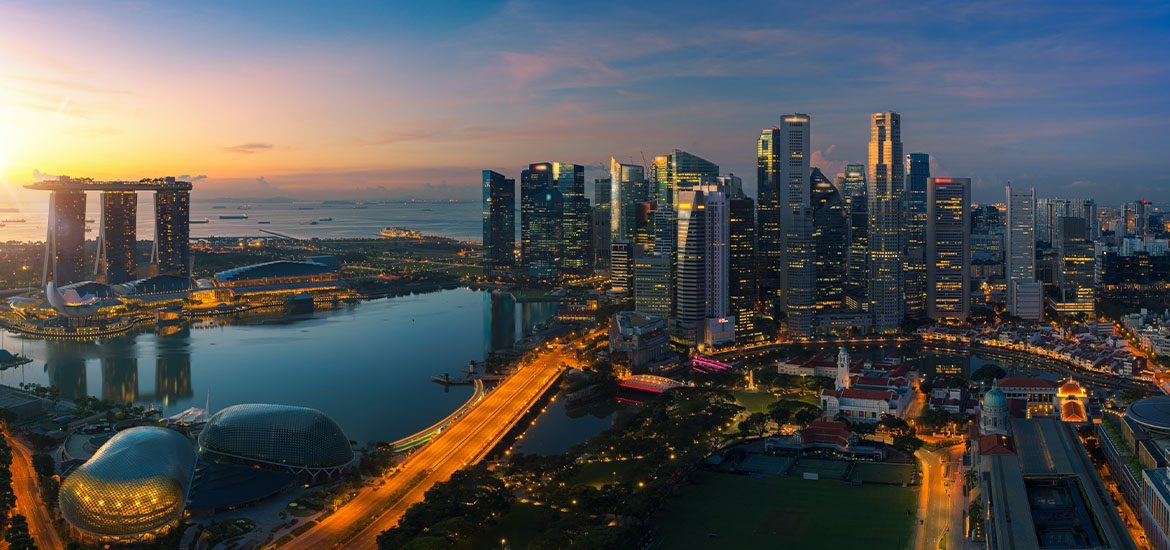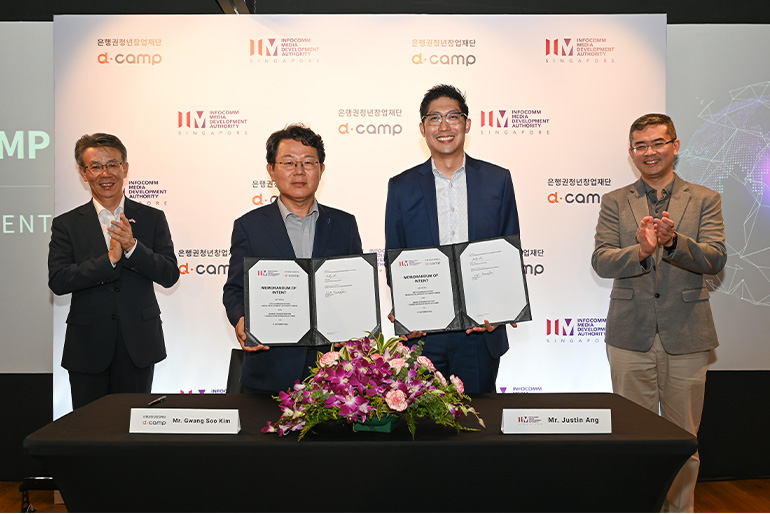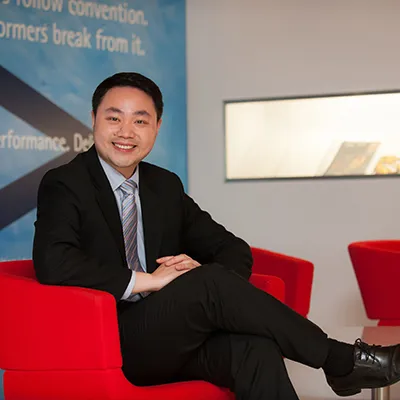But why would these world-class disruptive companies choose to come to Singapore? For Viact - it was about access and IMDA’s ability to quickly facilitate introductions and access to strategic government projects. For many companies, accessing, scaling and succeeding within Singapore’s world class infrastructure (e.g., law, IP-protection, financial systems etc) is a huge advantage. Our ability to identify fit-for-purpose projects, while evaluating and safely integrating innovative technology into a broader enterprise architecture sets Singapore apart from other countries, where public service opportunities and technology integration might be slower or harder to achieve.
For Virspatial it was about the unique added value of our people and processes. Gavin Gui, Managing Director, Virspatial Technologies says “Singapore’s political stability and world class talent are top consideration for our business outside of China.”
Our talent pool and an ecosystem where disruptive start-ups mingle and grow is an incredibly strong selling point for disruptive businesses looking for a global or regional hub. Vinnie Lauria, Managing Partner of Golden Gate Ventures says it best “Singapore and Silicon Valley share a unique quality, they are magnets for talent across the globe. Magic is sparked when people from different backgrounds come together to solve a problem.”
Last but certainly not least, our global perspective makes our landing program hugely attractive for disruptive technology companies. As a global hub across key sectors such as transport, logistics and financial – IMDA’s ability to deliver successful local proof-of-concept solutions, where our infrastructure is integrated into the regional and global standards and systems make start-ups feel like Singapore is globally super-charging their global opportunity. Like the traders of old, we are taking their raw products and adding a uniquely Singaporean flavour and value, which makes the finished product more attractive and palatable for the rest of the world.
So that’s great for disruptive technology companies from around the world, but what’s in it for Singapore? S&P Global says “the weight of the APAC region in world GDP has risen from 27% (US$9.5 trillion) in 2000 to 37% by 2021, with a further increase to 42% projected by 2040.” Much of that is likely to come from digital innovation leaders.
The benefits range from hiring and developing local talent, to providing first-mover advantage in adopting innovative technology to driving productivity or having Singapore lead in the adoption of technology to address major societal challenges. Sourcing and attracting disruptive technology companies will continue to build the reputation of Singapore being world-leading and world-class - as we become the world’s first digital metropolis.
Finally, as global economic headwinds start to bite, disruptive technology can play a key role in helping minimize the impact. As the dotcom bust and Global Financial Crisis demonstrated – slow-downs are a great time to identify and support the next Amazon, Grab or Alibaba. If a company is still building and forging forward during a down-turn, it shows how committed and serious the leaders are. Therefore, IMDA believes there’s no better time to support start-ups around the world. And we are committed to scouring the globe to find the best businesses to build our future.
About the Author:










